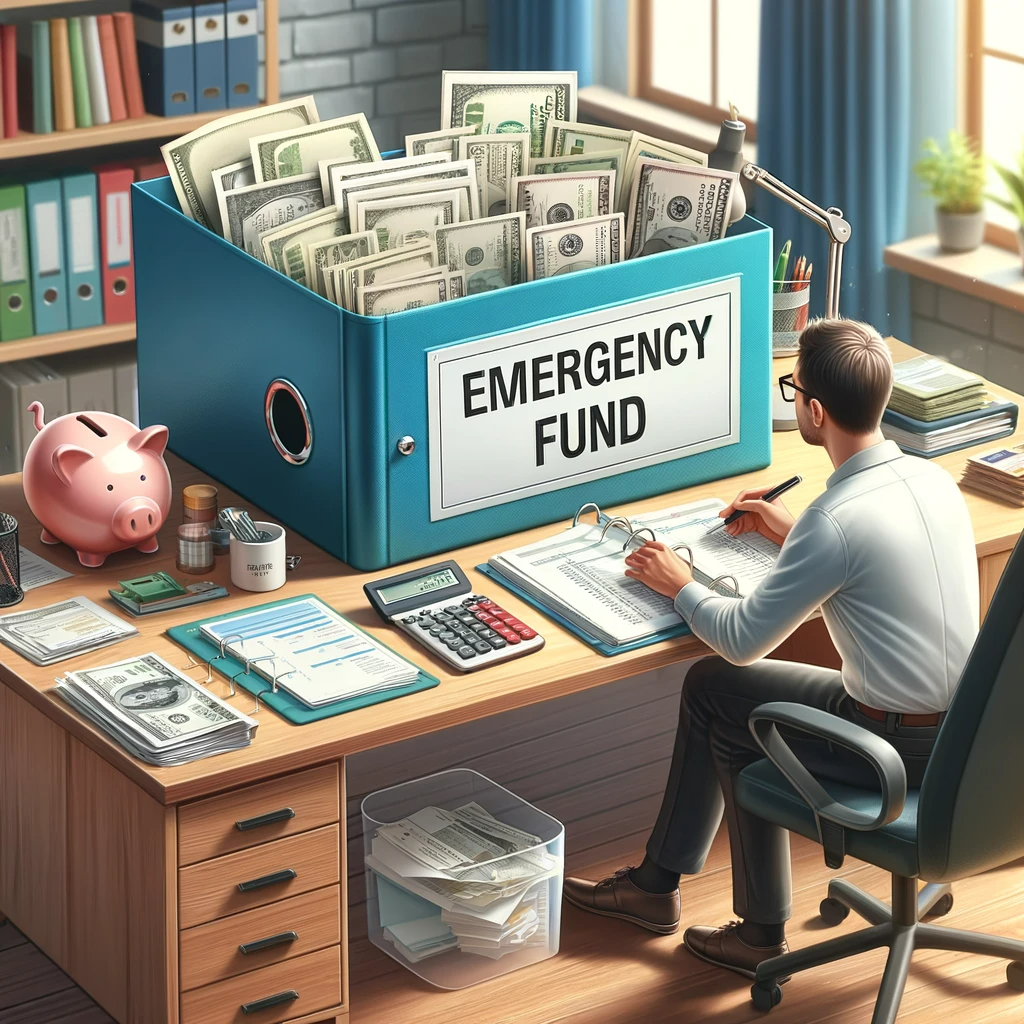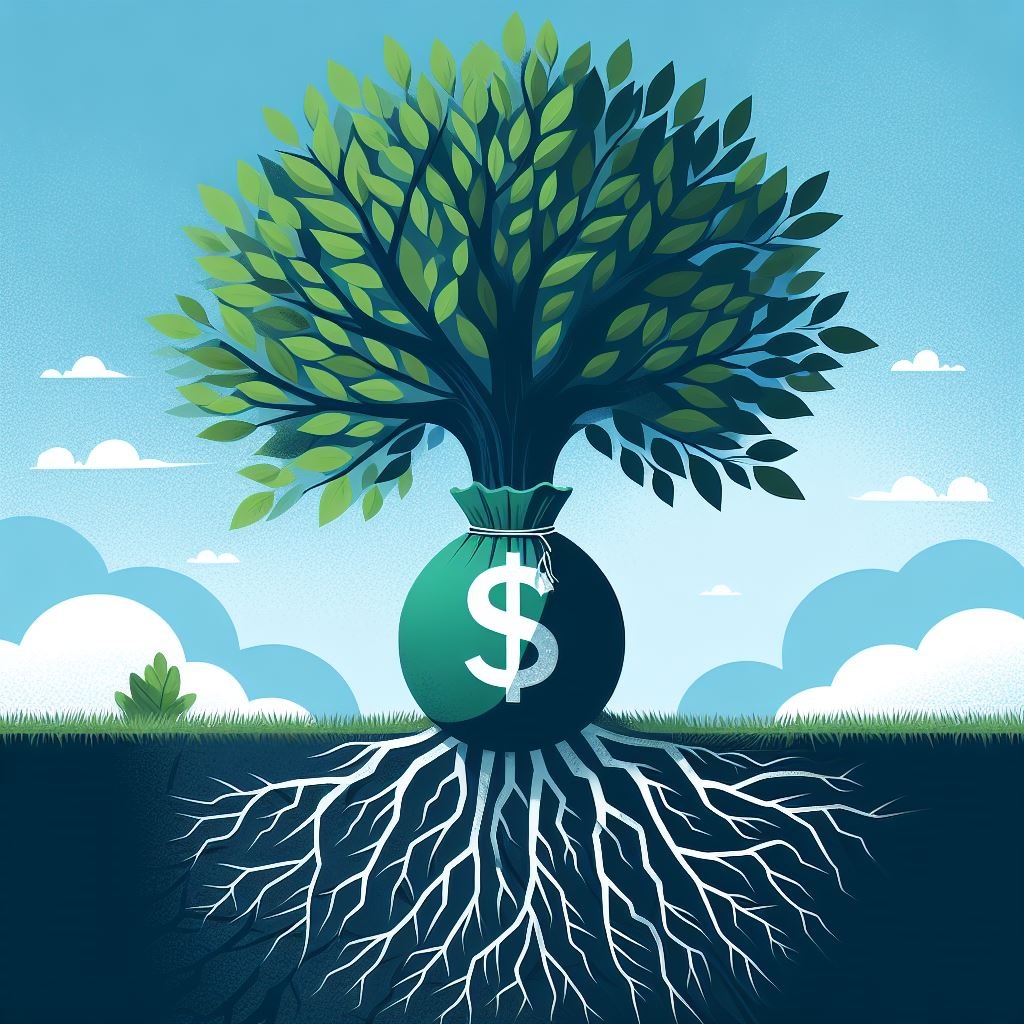A recent study has revealed a concerning trend among Americans: a lack of preparedness for emergency expenses. According to the survey from financial analysis site Bankrate, only 44% of Americans are prepared for a $1,000 emergency expense, with nearly half of the respondents having less than $500 in savings.
This is a slight increase from the previous year, but it still means that the majority of people would be financially derailed by such a crisis. This alarming statistic not only highlights the fragile state of personal finances among many Americans but also raises questions about the broader economic stability and the effectiveness of existing financial literacy programs.
The Reality of Living Paycheck to Paycheck
The study’s findings underscore the reality that a substantial number of Americans are living paycheck to paycheck. This precarious financial situation leaves little room for unexpected expenses, such as medical emergencies or urgent home repairs. The lack of a financial cushion means that many individuals and families are just one unexpected bill away from financial distress. This situation is not limited to low-income households; it spans across various income levels, indicating a widespread challenge in managing and saving money.
The Impact of Inflation on Savings
High inflation is one of the key factors that hinder people from saving more. The study found that 63% of Americans blame high inflation for the difficulty of saving money. Despite the challenges posed by inflation, rising interest rates have provided more generous returns on savings.
Implications of Insufficient Emergency Savings
The lack of sufficient emergency savings has far-reaching implications. First, it increases vulnerability to short-term financial shocks, which can lead to a cascade of problems like debt accumulation, bad credit, and even bankruptcy. Additionally, insufficient savings can impact mental health, causing stress and anxiety. It also limits individuals’ ability to invest in long-term goals such as education, homeownership, or retirement. This scenario paints a concerning picture of financial insecurity among a large segment of the population.
How Americans Plan to Cover Emergency Expenses
When faced with a $1,000 emergency expense, 21% of Americans said they would use a credit card, 16% would reduce their spending on other things to pay it upfront, and 10% would ask a loved one to borrow money. Only 4% said they would be forced to take out a personal loan.
The Role of Financial Literacy and Education
The study’s findings highlight a critical need for improved financial literacy and education. Despite living in one of the world’s most prosperous economies, many Americans lack basic financial knowledge and skills, such as budgeting, saving, and understanding credit. Enhancing financial education in schools, workplaces, and communities could play a significant role in equipping individuals with the tools they need to manage their finances more effectively and build a more secure financial future.
Policy Implications and Potential Solutions
The issue of inadequate emergency savings is not just a personal finance problem; it has broader policy implications. It suggests a need for policy interventions that encourage savings and provide a safety net for those in financial distress. Potential solutions include tax incentives for savings, programs that automatically enroll workers in emergency savings funds, and increased access to financial advice and resources. Addressing this issue requires a multifaceted approach involving policymakers, financial institutions, educators, and community organizations.
Tips to Build an Emergency Fund Amid High Inflation
The report offered three tips on how to build an emergency fund amid high inflation. First, calculate how much emergency savings you need. Experts suggest saving around three to six months of expenses. Second, open an account specifically for emergency use. Lastly, budget around an emergency fund. It’s crucial to consider how you can routinely save in case of emergencies and to stick to good habits.
A Call to Action for Financial Resilience
The revelation that most Americans are unprepared for a $1,000 emergency expense is a call to action. It emphasizes the need for a concerted effort to improve financial resilience among the general population. By focusing on financial literacy, supportive policies, and community resources, there is an opportunity to foster a culture of saving and financial preparedness. This is not just about weathering a financial storm; it’s about building a foundation for long-term financial health and stability.
Read More
- 10 Ways “Loud Budgeting” Can Change The Way You Think About Money
- How to Budget on an Irregular Income










